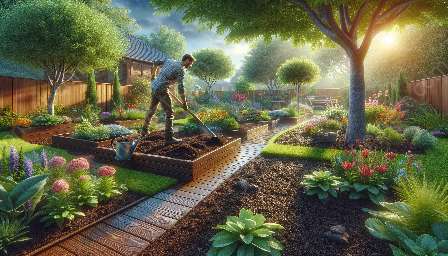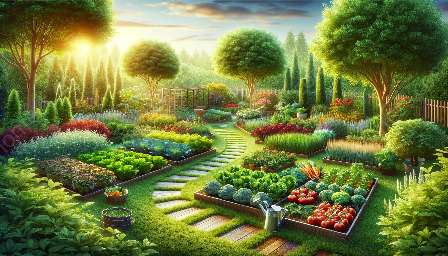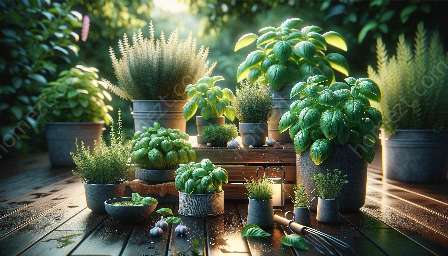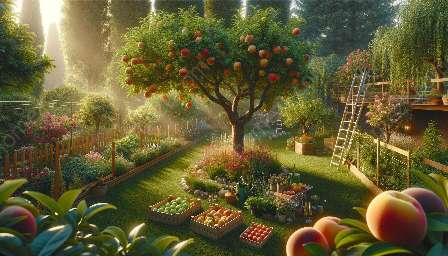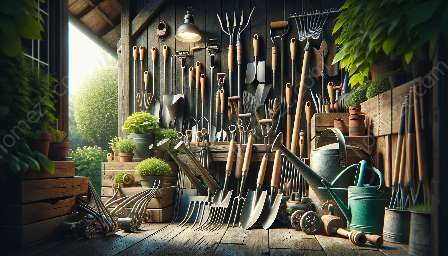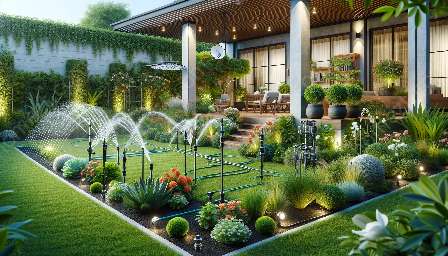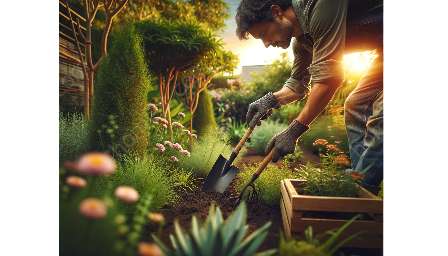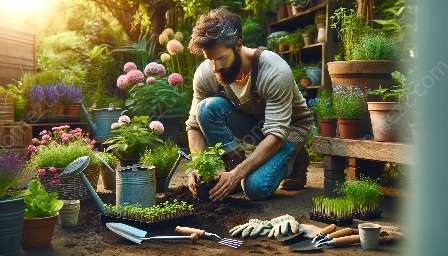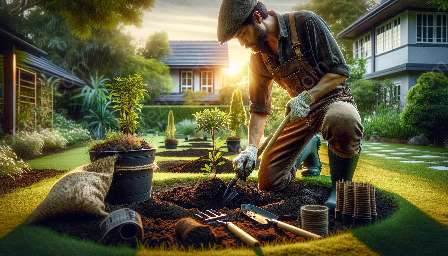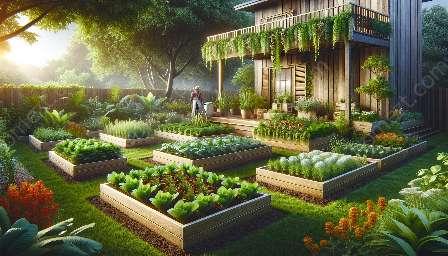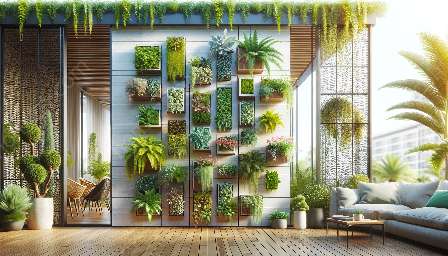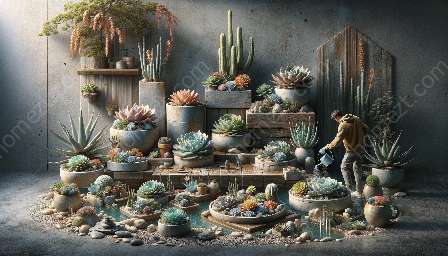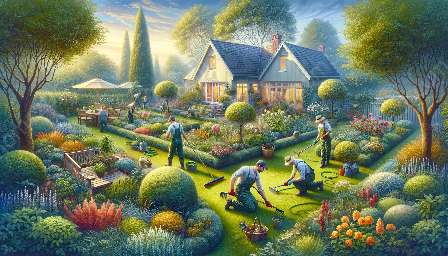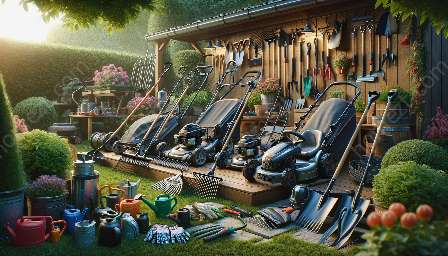Effective watering is essential for maintaining a healthy garden and enhancing domestic services. There are various techniques and methods that can be employed to ensure that plants receive the right amount of water to thrive.
Importance of Proper Watering
Watering plays a crucial role in the overall health and growth of plants in a garden. Insufficient or excessive watering can lead to various issues such as wilting, yellowing of leaves, and stunted growth. Therefore, understanding the different watering techniques is vital for maintaining a vibrant and lush garden.
Watering Methods
Several watering methods can be used to provide the right amount of moisture to plants. These include:
- Hand Watering: This method involves using a watering can or hose to manually water plants. It allows for precise control over the amount of water delivered to each plant.
- Drip Irrigation: Drip irrigation systems deliver water directly to the base of plants, providing efficient and targeted watering. This method is particularly suitable for garden beds and container plants.
- Sprinkler Systems: Sprinklers are effective for covering large areas and providing even distribution of water. They are ideal for lawns and larger garden spaces.
- Soaker Hoses: Soaker hoses release water slowly and directly to the soil, promoting deep root growth and reducing water wastage.
- Self-Watering Containers: These containers have built-in reservoirs that allow plants to absorb water as needed, reducing the frequency of manual watering.
Watering Tips
In addition to choosing the right watering method, there are several tips that can help optimize the watering process in a garden:
- Water in the Morning: It is best to water plants in the morning to minimize evaporation and allow foliage to dry during the day, reducing the risk of disease.
- Deep Watering: Ensure that the water penetrates deeply into the soil to encourage deep root development and drought resistance.
- Monitor Soil Moisture: Use a moisture meter or simply observe the soil to determine when it's time to water, avoiding overwatering or underwatering.
- Use Mulch: Applying a layer of mulch around plants helps retain soil moisture, reduce weeds, and maintain a more consistent soil temperature.
- Consider Plant Watering Needs: Different plants have varying water requirements, so tailor the watering schedule based on the specific needs of each plant species.
Conclusion
Implementing appropriate watering techniques is crucial for successful gardening and enhancing domestic services. By understanding the various methods and tips for effective watering, individuals can contribute to the health and beauty of their gardens while creating a more appealing and functional outdoor space.













